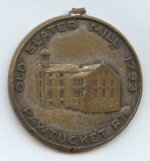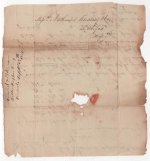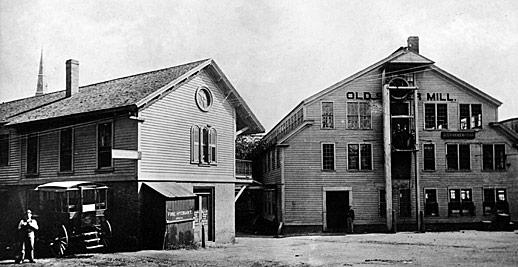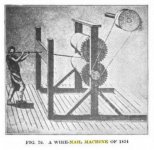cncFireman
Hot Rolled
- Joined
- Jun 19, 2013
- Location
- Farmington Missouri
I purchased these two items below. First is an unknown token or medal? of Samuel Slater. Second is a letter dated September 14th 1824. It is a request for materials from what I believe to make out is Nathaniel Cushing & Co. I have made out 96% of the letter minus a few words I have struggled with. The letter is signed Respectfully David Wilkinson. I guess I will see how legit it appears to be when it arrives. The signature Is very similar as the patent drawing that was remade in the 1840s.















